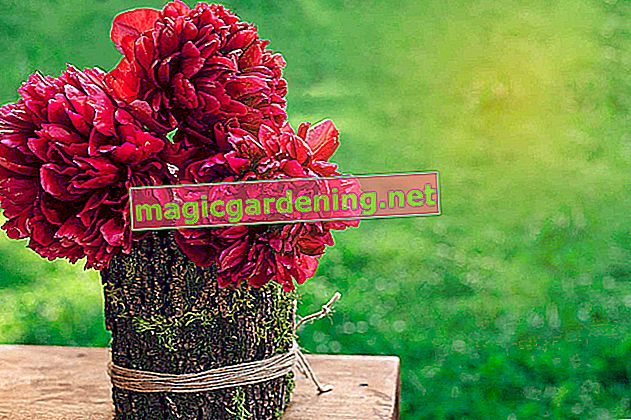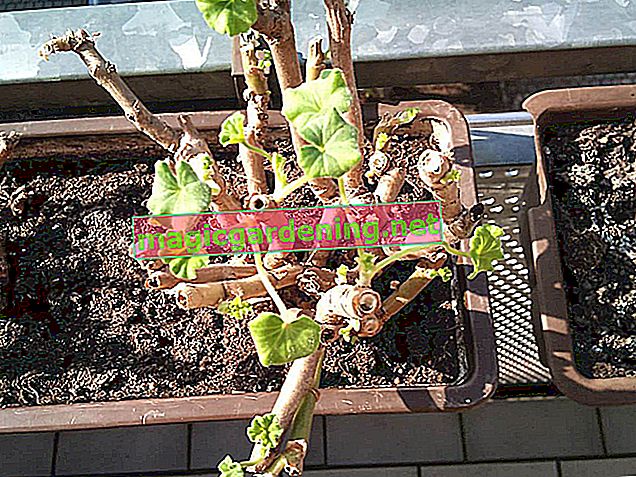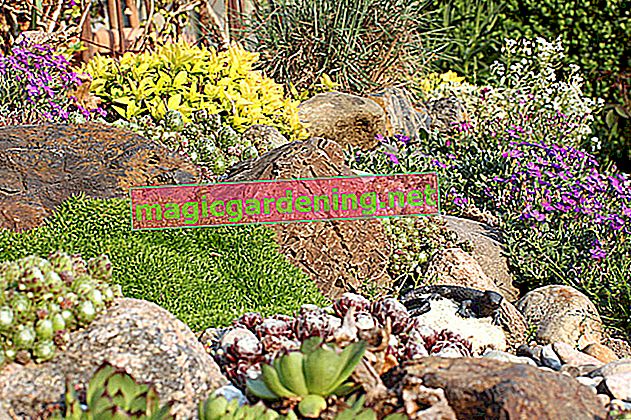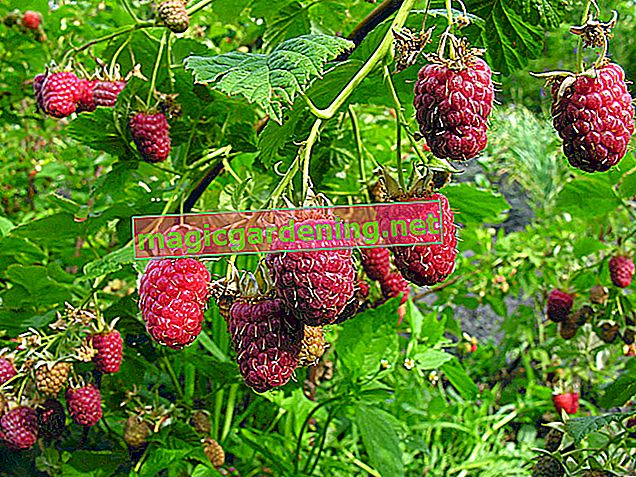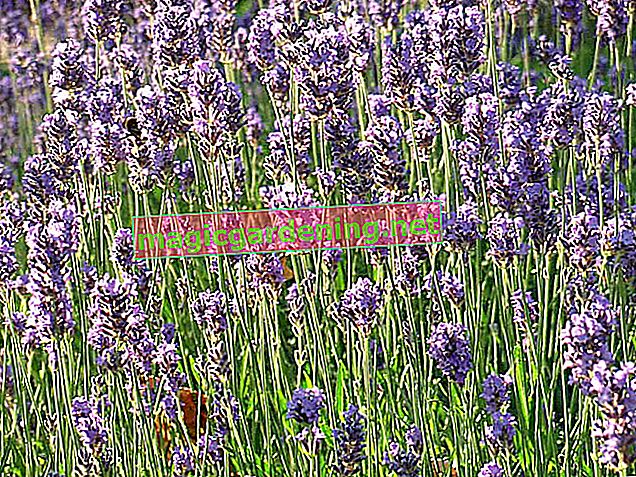
Care tips
Do not be confused by the different types of inflorescences. Regardless of whether the fire is in the limelight with feathers, tufts or cockscombs - the care program is the same for all varieties. How to do it right:
- If the substrate is dry, water it moderately with lime-free water
- From May / June to September, fertilize organically every 4 weeks in the bed
- Apply liquid fertilizer to Brandschopf in the pot every 2-3 weeks
- Cut off dead flowers and yellowed leaves
also read
- So the bell wind pulls all the floral registers in the bed and tub
- Is the Celosia caracas poisonous?
- Can the Celosia caracas be overwintered?
A celosia in a planter has a good chance of being cultivated for several years. Set aside the flower in autumn to bring it through the cold season either warm and light or cool and dark. Pour reduced amounts depending on the light and temperature conditions.
Continue reading
Which location is suitable?
Reserve a sunny, warm and sheltered location for your fire victim, which cannot get under the blazing midday sun. Ideally, this place is under an eaves, an awning under the protection of tall deciduous trees, so that splashing rain does not affect the fluffy flowers. Your Celosia is completely happy when it can stretch its roots in fresh, humus-rich and slightly acidic soil.
When is the flowering time?
The different flower shapes as tufts, feathers or combs result from a genetic change within the Celosia genus. This whim of Mother Nature gives us a wide range of splendid Brandschopf varieties, which nonetheless delight us with their blossoming over a uniform period from June to October. If you clean off dead flower heads as soon as possible, the next buds will unfold within a few days.
Cut Celosia correctly
Simply cut off the withered flowers on your burnt head. In this way, the preppy appearance is retained. At the same time, the next buds can start unhindered to their colorful appearance. The same applies to yellowed or retracted leaves. Thanks to their lush branching, Celosias can easily do without some flower stems so that they decorate the home as vase jewelry. On top of that, the exotic plant provides dimensionally stable material for a long-lasting drying bouquet. To do this, cut off the shoots just before full bloom to dry them upside down in an airy place.
Pour Celosia
Pour a brazier moderately. Specifically, this requirement means that you only reach for the watering can when the soil has dried well. Let the water run slowly on the root ball to stop in time when no more moisture is absorbed. Pamper your Celosie with the soft water she knows from her tropical home. Hard tap water contains too much lime and causes the pH to skyrocket into undesirable alkaline regions.
Fertilize Celosia properly
With an organic fertilizer you cover the nutrient requirements in the bed from May to September in an exemplary manner. Work in a monthly cycle of leaf compost, horn shavings, (6.39 € at Amazon *) bark humus or well-deposited horse manure lightly into the soil and water it extensively with soft water. A liquid rhododendron or azalea fertilizer is suitable for your fire in the flower pot, as this is tailored to the requirements of an acidic substrate.
Overwinter
The perfect framework conditions for a healthy wintering are controversial among amateur gardeners. The fact is that although a fire is not hardy, it still has a lifespan of several years. For Celosia in a planter, you are welcome to try the experiment. That is how it goes:
- Allow in autumn when the thermometer drops below 10 degrees Celsius
- Place the plume on the light window sill in the living room at normal room temperatures
- Optionally, overwinter in a partially shaded to dark location at a cool 12-14 degrees Celsius
Whichever variant you choose, please pour less water according to the changed conditions. A light, warm hibernation requires the addition of a little liquid fertilizer every 6 weeks.
Propagate Celosia
For the tropical fire head, sowing is the only viable method of propagation. So that the plant is not completely exhausted by the growth of seed heads, we recommend purchasing certified seeds from specialist shops. In March, sow the fine seeds in order to simply press them on as a light sprout. In the heated indoor greenhouse you can keep the seeds constantly moist with lime-free water at 20-23 degrees Celsius. Germination begins within 8 to 14 days. Please do not separate the seedlings until they have at least 2 pairs of leaves.
Celosia in the pot
For potting, we recommend bog bed or rhododendron soil as a substrate, as this meets the need for a slightly acidic pH value. Drainage made of potsherds prevents waterlogging and is covered with an air and water-permeable fleece to prevent clogging. Pour a brazier moderately until the first drops run into the coaster. From June to September, apply a liquid fertilizer for flowering plants every 2-3 weeks. Arrange the pot in good time in autumn, the celosia will continue to bloom on the light, warm windowsill or rest in the dark, cool winter quarters.
Is Celosia Poisonous?
Cultivate Brandschopf species and varieties confidently in the family garden, because the plants are not poisonous. In fact, the leaves are rich in protein and vitamin C, so they are grown as a vegetable in Africa or Indonesia. The yellow flowers even contain plenty of dopamine, so consuming them puts you in a good mood. In the modern kitchen, Celosia flowers are often used for tasty decoration of food and drinks.
Nice varieties
- New Look: Innovative Celosia variety with deep red flowers over dark foliage and compact growth; 30-40 cm
- Clear Chrystal Rose: Premium variety that features red-edged leaves and red flowers; 40-50 cm
- Deep Purple: purple fluffy flowers sit enthroned above lush green leaves in beds and tubs; 60-70 cm
- Lilliput: Colorful brandy mix in red, orange and yellow for the summer garden; 30-40 cm
- Amigo Red: Delicate cockscomb with red flowers, ideal for edging beds and balcony boxes; 20-30 cm

